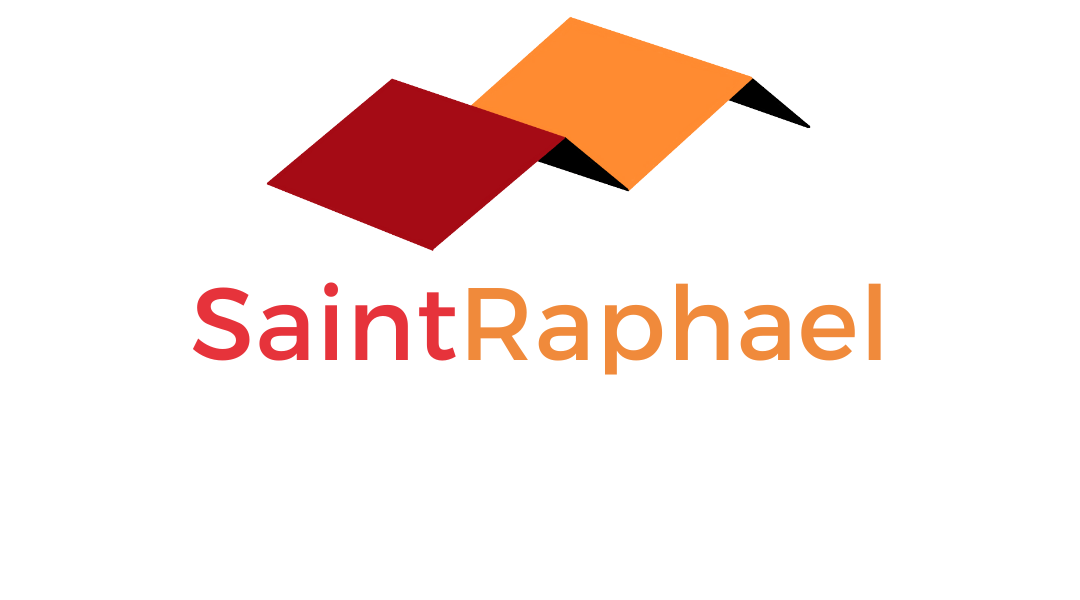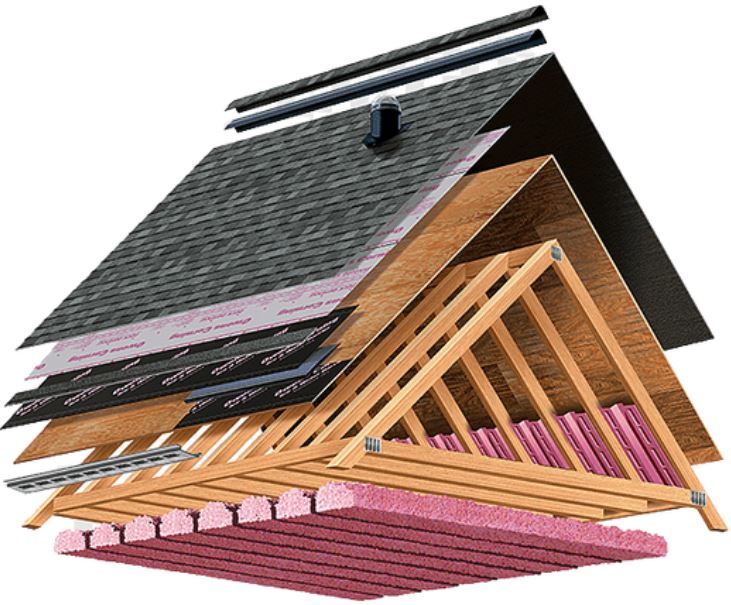1) Hip & Ridge
Hip and ridge shingles or flashing are critical for making the most out of the performance and aesthetic of the overall roof system. They are installed along the top ridge of the roofline providing a weather tight protective layer over the seam where the roofing comes together at the peak of the roof. If a ridge vent is installed the hip & ridge shingles or flashing will protect the ridge vents that allow the air and moisture to escape from the attic. Hip and ridge shingles/flashing come in different sizes and designs to match the overall roofing material installed.





